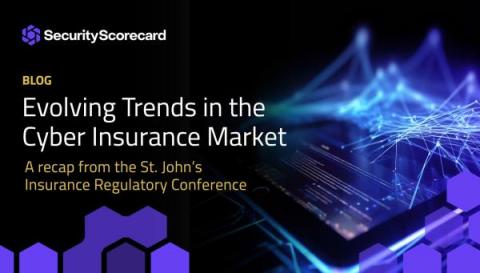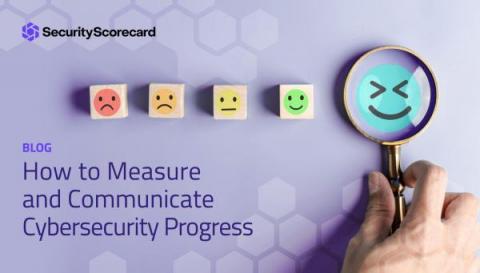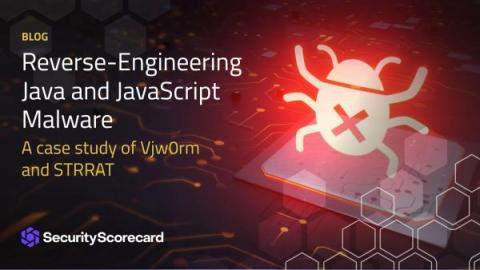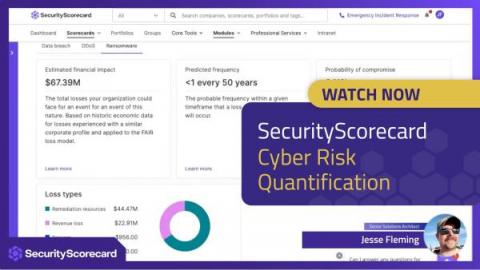Three Steps to Prevent a Cybersecurity Breach from MOVEit Exploit
SecurityScorecard conducted an extensive investigation into the Zellis breach. This research revealed alarming insights about the scale and persistence of the attack. The data exfiltration was carried out in several steps: Netflow data from Zellis IP ranges indicated large outbound transfers over HTTPS, which pointed towards the presence of a web shell. Additionally, SecurityScorecard researchers detected exfiltration over SSH to known malicious IP addresses.











